- News
- Reviews
- Bikes
- Accessories
- Accessories - misc
- Computer mounts
- Bags
- Bar ends
- Bike bags & cases
- Bottle cages
- Bottles
- Cameras
- Car racks
- Child seats
- Computers
- Glasses
- GPS units
- Helmets
- Lights - front
- Lights - rear
- Lights - sets
- Locks
- Mirrors
- Mudguards
- Racks
- Pumps & CO2 inflators
- Puncture kits
- Reflectives
- Smart watches
- Stands and racks
- Trailers
- Clothing
- Components
- Bar tape & grips
- Bottom brackets
- Brake & gear cables
- Brake & STI levers
- Brake pads & spares
- Brakes
- Cassettes & freewheels
- Chains
- Chainsets & chainrings
- Derailleurs - front
- Derailleurs - rear
- Forks
- Gear levers & shifters
- Groupsets
- Handlebars & extensions
- Headsets
- Hubs
- Inner tubes
- Pedals
- Quick releases & skewers
- Saddles
- Seatposts
- Stems
- Wheels
- Tyres
- Health, fitness and nutrition
- Tools and workshop
- Miscellaneous
- Cross country mountain bikes
- Tubeless valves
- Buyers Guides
- Features
- Forum
- Recommends
- Podcast
review
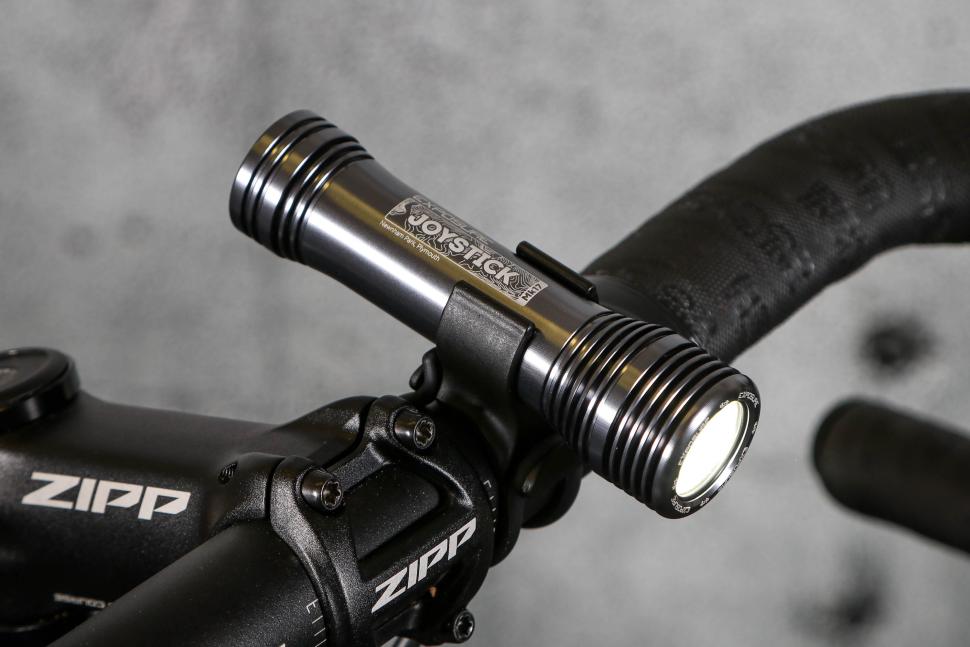 Exposure Joystick Mk17
Exposure Joystick Mk17£190.00
VERDICT:
Still the best overall helmet/handlebar light out there, with best-in-class repairability
Beam pattern
Size and weight
Program modes
Repairability
USB-A charging cable
Price
Slow charging
USB-A charging cable
Weight:
108g
Contact:
At road.cc every product is thoroughly tested for as long as it takes to get a proper insight into how well it works. Our reviewers are experienced cyclists that we trust to be objective. While we strive to ensure that opinions expressed are backed up by facts, reviews are by their nature an informed opinion, not a definitive verdict. We don't intentionally try to break anything (except locks) but we do try to look for weak points in any design. The overall score is not just an average of the other scores: it reflects both a product's function and value – with value determined by how a product compares with items of similar spec, quality, and price.
What the road.cc scores meanGood scores are more common than bad, because fortunately good products are more common than bad.
- Exceptional
- Excellent
- Very Good
- Good
- Quite good
- Average
- Not so good
- Poor
- Bad
- Appalling
The USE Exposure Joystick Mk17 is still one of the very best helmet- or handlebar-mounted lights out there. This diminutive package punches way above its small weight, and you'll be enjoying its performance, reliability and repairability many years after you forget the rather steep (but fair) price.
Our best front bike lights buyer's guide rounds up all our favourites from under £50 to around £300.
Nine years ago I reviewed the USE Exposure Mk10 Joystick – back then £140 got you 800 lumens lasting 90 minutes in an 87g package. I still have that light, and it's still running fine. I had to send it back to USE for a new controller after seven years of pretty much every-ride twice-weekly use, which cost me the princely sum of £14.
Last year I had a go with the Mk16 Joystick – £170, 98g, 1,150 lumens and a 90-minute run-time on full.
The Mk17 offering is the same output, same weight, same run-time – but costs £20 more, which is what a year of inflation will do...
For that £20 you get the same wall-plug charger, and USE now includes a USB charging cable (£5 in its store). Rejoice, commuters and bikepackers of the world – but sigh – it's USB-A. As I fretted in my last Joystick review, the modern world is done with USB-A, and Exposure really does need to get on the USB-C bus. Please.
Going down the USB-C route will also save the e-waste of providing wall-wart light-specific chargers – USB-C is more than capable of providing whatever current the light can take. Also let's see USE use USB-C to cut down that four-hour charging time eh? For such a smart light four hours to charge is an age, when the similar-capacity batteries in our phones can fully charge in roughly half the time. Exposure has introduced USB-C charging to the 2024 TraceR rear light, so is clearly aware of its existence...
The excellent helmet bracket is the same, the Goldilocks-porridge beam pattern is the same, the industry-leading selectable control modes are the same, the physical exterior – button, port, LEDs – is the same.
The only thing that's changed in the last year is the price and the USB cable.
And while I'd much prefer to see USB-C, let's not underplay that cable entirely – if you're travelling light, commuting, bikepacking in remote areas and so on – being able to charge your light off a USB source will be a godsend.
Regarding that price: a lot has happened in the last decade, and today in the cost-of-living crisis £190 is a lot of dosh. But, according to the Bank of England, £140 back in 2015 is the equivalent of £185 now. So what is effectively pretty much the same money you're getting an extra 350 lumens – with the same run-time – plus the ability to charge it off any handy USB-A port.
How does it ride? Just as well as the Mk16 – so, an excellent helmet-mounted light for seeing around corners, spotting potholes and so on, and on the bar as a see-me light with the daytime flash mode, and good enough for more moderately paced rides on unlit routes. As always, you wouldn't want to be riding at more than about 15mph or so, depending on how good your eyes are and how wet the road is.
Value
Liam did review the Knog PWR Mountain Kit Light for our sister site off.road.cc. At £220 it's a little dearer than the Exposure but it puts out a mighty 2,000 lumens, and Liam even rated it for helmet use as it weighs just 100g – powered by a separate lightweight power pack.
The Exposure Daybright Mark 3 works well for daytime-running use and perhaps as a night-time backup to a bar-mounted light. Josh appreciated its all-round quality if not its micro-USB charging. It also has a rear-facing red LED, which will work in conjunction with the front LED when you mount it on a helmet.
If you're really limited on budget, the Brightside Topside Helmet Light is a super-bargain helmet-mounted front-and rear light that costs just £29.99. Shaun found it a versatile and user-friendly design.
Conclusion
Yes, as our buyer's guide shows, you can buy much brighter lights for a good deal less money. And yes, some even double as helmet lights without being too heavy/protruding/difficult to control. But there are few other direct competitors to the newest incarnation of the Exposure Joystick, though the slightly more expensive Knog runs it close in some ways.
But no one else puts together a package that combines the function, performance and run-time of the Joystick, backed by the warranty, support and repairability on offer from a UK-based company. That's what your £190 gets you, and the value is entirely in the well-illuminated eye of the beholder.
Once again Exposure delivers a fabulous light that could be improved with better accessories, but in itself is excellent.
Verdict
Still the best overall helmet/handlebar light out there, with best-in-class repairability
road.cc test report
Make and model: Exposure Joystick Mk17
Size tested: 1150 lumens
Tell us what the light is for, and who it's aimed at. What do the manufacturers say about it? How does that compare to your own feelings about it?
It's a light for your helmet or bar, to enhance an on-bike light for off-road, or be seen for days/ride at medium speeds in the dark.
Exposure says: Here from our beginning the faithful and enduring Joystick remains the lightest, and most award-winning helmet light in the range due to CNC engineered aluminium body; with a more focused beam, and now with 1150 lumens the Joystick enables you to spot the terrain changes in the distance and the tight corners at your wheel.
Various programs in the lights can easily be selected to offer a choice of run times and modes so you can find the right one for your ride, be it an all-night adventure or an intense blast.
Patented circuitry within the light will reduce power to the LEDs, if they go beyond the optimum temperature, keeping the light as efficient as possible to maximise output and battery capacity. Once the light has cooled, the power is automatically restored.
Tell us some more about the technical aspects of the light?
Technical Specifications:
LEDs 1 x White XPL2(W3)
IP Rating IP65
Max Lumens 1150
Battery 3,500 mAh Li-Ion
Runtime 1.5 - 36 Hours
Charging Time 4 Hours
Weight 93g
Material Anodised 6063 Aluminium
Length 112mm
Head Diameter 30mm
In The Box Joystick MK17 GMB, Helmet Mount, QR Handlebar Mount, Lanyard, Smart Charger, QS Guide
Rate the light for quality of construction:
10/10
It's Exposure – the best build name in the industry.
Rate the light for design and ease of use. How simple was the light to use?
10/10
The one button/many modes programmable nature is a joy to use – as is being able to access the daytime flash from any mode too.
Rate the light for the design and usability of the clamping system/s
10/10
The helmet and bar mounts are both excellent.
Rate the light for waterproofing. How did it stand up to the elements?
10/10
More weatherproof than a penguin.
Rate the light for battery life. How long did it last? How long did it take to recharge?
7/10
Battery life good, though it does take a while to recharge, which I'd like to see improved.
Rate the light for performance:
9/10
In this package and for the purposes of high around-corner or be-seen road use, it's cracking.
Rate the light for durability:
10/10
This is a light that will outlast the heat death of the universe.
Rate the light for weight:
8/10
For the output and runtime, the weight is low.
Rate the light for value:
5/10
It might be expensive, but the fact that it's repairable and that it will likely still be going strong in a decade or two means it's not overpriced.
Tell us how the light performed overall when used for its designed purpose
Brilliantly. Pun intended.
Tell us what you particularly liked about the light
As ever, its small size and focused beam.
Tell us what you particularly disliked about the light
That it's not USB-C.
How does the price compare to that of similar products in the market, including ones recently tested on road.cc?
It's defintiely a premium product. But the investment is worth it.
Did you enjoy using the light? Yes
Would you consider buying the light? Yes
Would you recommend the light to a friend? Yes
Use this box to explain your overall score
Again, I can only mark down the Joystick on the price and that it's USB-A rather than USB-C.
About the tester
Age: 47
I usually ride: Sonder Camino Gravelaxe My best bike is: Nah bro that's it
I've been riding for: Over 20 years I ride: A few times a week I would class myself as: Expert
I regularly do the following types of riding: cyclo cross, general fitness riding, mtb, G-R-A-V-E-L
Living in the Highlands, Mike is constantly finding innovative and usually cold/wet ways to accelerate the degradation of cycling kit. At his happiest in a warm workshop holding an anodised tool of high repute, Mike's been taking bikes apart and (mostly) putting them back together for forty years. With a day job in global IT (he's not completely sure what that means either) and having run a boutique cycle service business on the side for a decade, bikes are his escape into the practical and life-changing for his customers.
Latest Comments
- chrisonabike 4 min 20 sec ago
Would they be "professionals" in the same sense as "professional drivers" with their consistently high standards, or indeed trained professional...
- the little onion 7 min 18 sec ago
This has precisely 0% chance of getting into legislation. It's just unworkable. But that isn't the point. ...
- dave atkinson 43 min 21 sec ago
we were SO lucky with the weather on this one. i've done the butt buster a month later in temperatures that never got above freezing
- SecretSam 1 hour 38 min ago
The lefty fork. Answering a question no-one asked...
- Hirsute 1 hour 41 min ago
Some armed bloke was shot by the white house in the last few days. I'm surprised zelenskyy didn't lay him out !
- Shades 2 hours 46 min ago
In addition to my steel road bike, I got a titanium gravel bike built last year; really fancied a 'signature bike' and the bike mechanic I use was...
- spasypaddy 2 hours 50 min ago
nice extension can be found if you google for it that allows you to download a GPX which can then be loaded into Strava's mapping tool to then push...
- chrisonabike 4 hours 26 min ago
What are you, some kind of authoritarian* Communist?...
- quiff 5 hours 25 min ago
I'd say just 4 reverting is a good result; they haven't just been steamrollered by public pressure. Of those, I know 3 well and agree that 30 is...








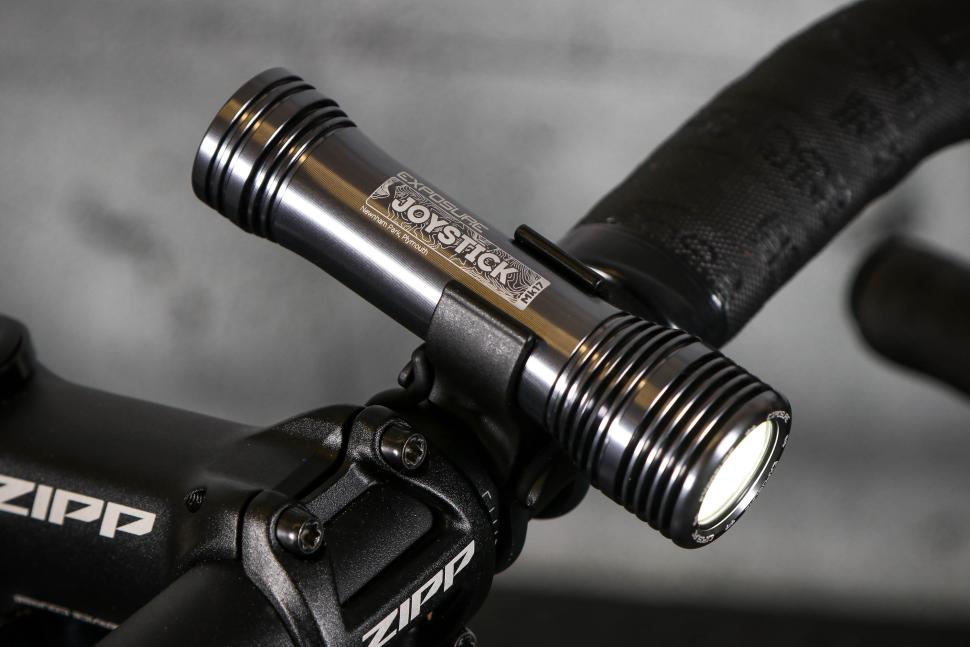
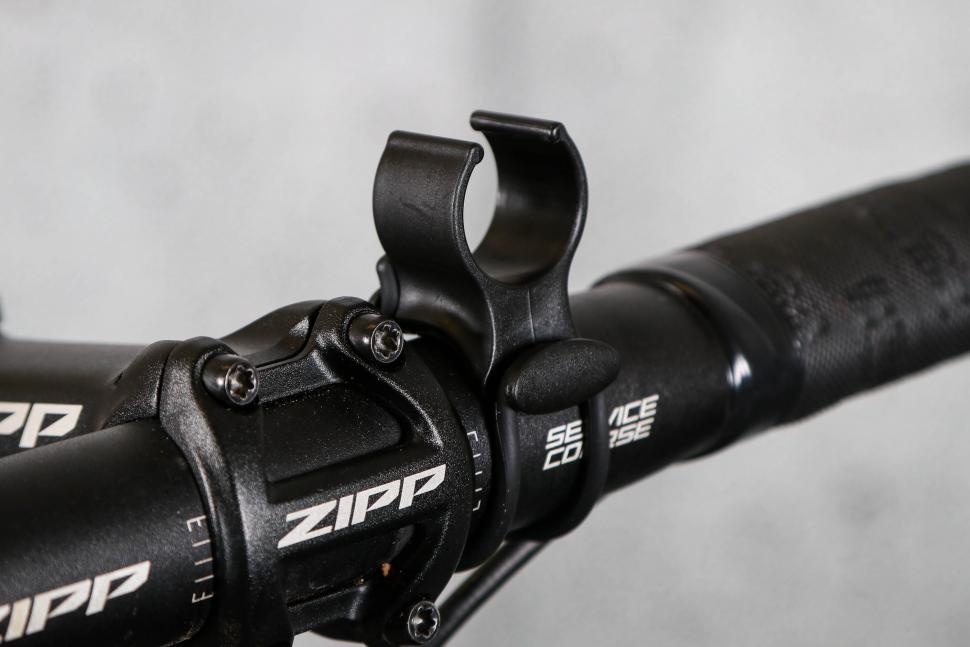
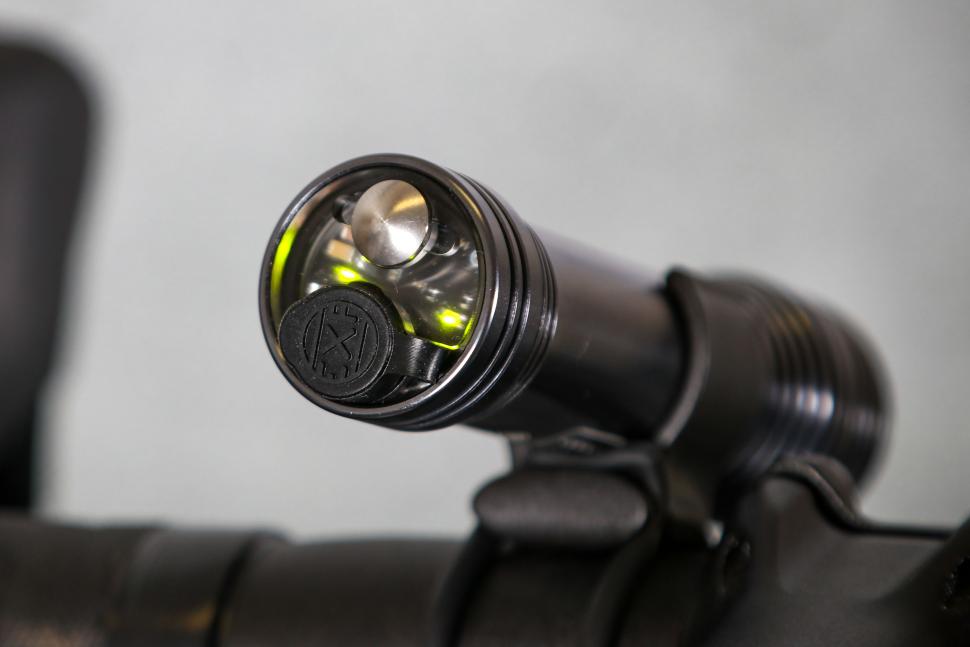
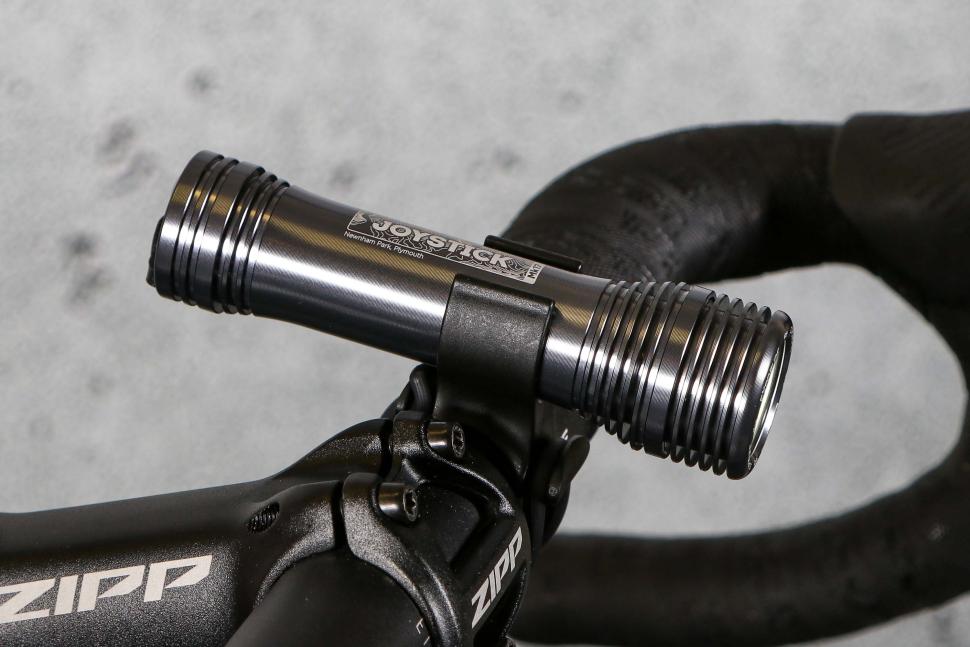

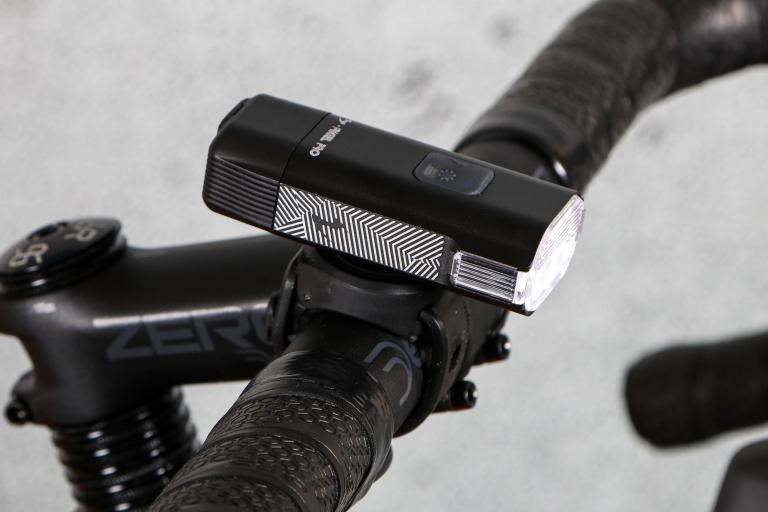
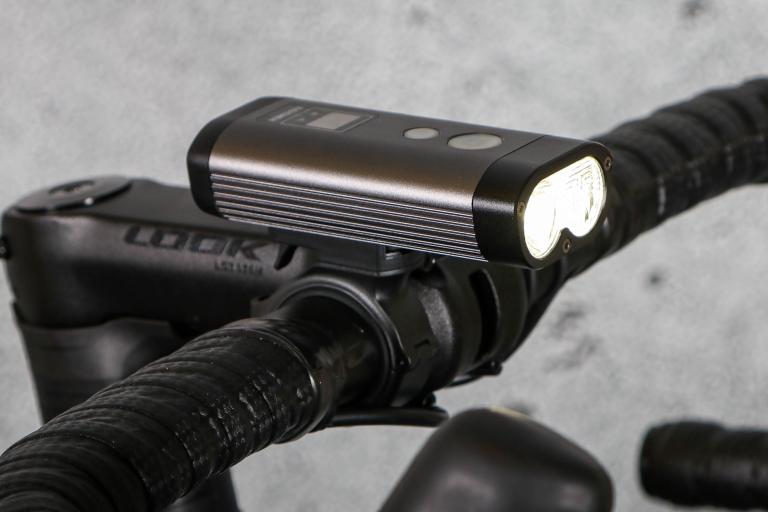

Add new comment
14 comments
Needs to be USB C, it's 2024, not 2004.
I've heard that USB C can reverse climate change, eliminate world hunger and cure cancer, or at least that's how it seems, the way people bang on about it.
I'm confused by talk of usb c vs usb a, from the photos the power input on the light appears to be neither, so are people now expecting USB C on the input end of the cable? I have not yet seen a wall socket adapter accepting a USB C cable.
The photo shows the standard charge point of a round plug with a central hole. That the other end is A seems the best choice given newer wall sockets with A outputs and also powerbanks. I have to use a converter ( A to C ) in a power bank for one charging lead I have.
Is this a relatively new model? The choice of USB-A charging seems bizarre (and bordering on the unacceptable at this price-point)
Not everyone is a quick adopter of these things, and a great many people will still be using power banks with USB-A output. I would guess they are going for maximum compatibility at this point, which is a valid choice to make ... even though you clearly don't agree with it.
why would I want a USB C cable? power banks have usb A outlets, 3 pin adapters have USB-A outlets, even wall sockets might come with USB A outlets. Aside from using the laptop to charge something (probably not viable for charging a light) I haven't seen any power supply exporting via USB C? If is was the light connection end it would be different. I bet even you new phone comes with a USB A to USB C cable for charging.
Exactly - my fast charging phone does it with USB-C connection on the phone, and USB-A at the source. I would have thought the gripe is about the input on the light body, rather than what's at the other end of the cable?
I'd guess that the current setup is very good at keeping water out and it would be a very big change to go to usb-c as it would affect a lot more than just the port.
Sorry, I was unclear - it's not a gripe I have. Just sharing other people's confusion about why the reviewer seems to want USB-C on the charger end of the cable (as opposed to a USB-C port on the light, which I could understand more).
There are plenty of chargers available now with USB-C outlets. And adapters with both.
I think the key point the reviewer was getting at is that adopting USB-C generally comes with more supported charging standards which result in faster charging. Theoretically some modes are seperate to the physical hardware but some arent (eg USBC-PD). But bear in mind both the charger and the device need to be able to communicate to agree a common standard. So Exposure have to do a bit of work.
If I need to charge my Axis at work I use the USB output on my work laptop or docking thing. One thing mind, the green light stops flashing before the red light on the Exposure charger light goes from red to green, so if charging only using the USB cable you have to give it a fair bit more going to get a full charge.
I got a mk17 a few months ago, based on the review of the mk16 here and various other Exposure lights, and I'm very happy with it, so thanks.
I went for the slightly more powerful Axis, which at the time included TAP tech.
Seven years of trouble free use.